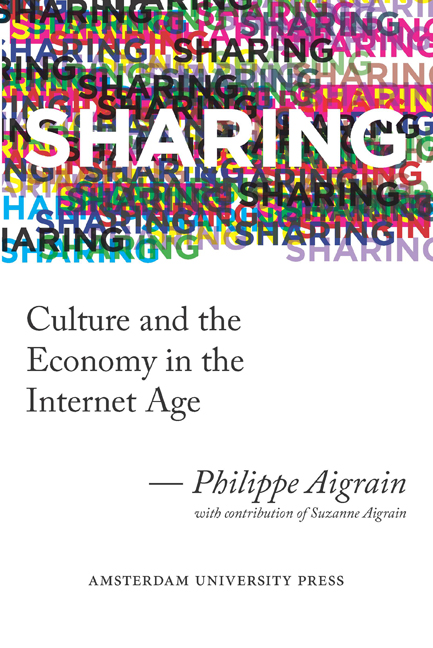C - Modeling usage Measurement
Published online by Cambridge University Press: 19 January 2021
Summary
This appendix details the model from which affirmations on the precision reachable by the voluntary sample of Internet users component of our proposed measurement system were derived.
General model
Let us first remark on a nice property of the constant cost reward system we defined in chapter 7 and detailed in appendix B. The minimum relative level of use (for all works by a person) that we need to measure is: where N is the number of contributors we want to reward above the set threshold, and HN(α)is the Nth harmonic number for parameter α. This is precisely the figure we made constant in order to define a constant cost reward system in equation in section B.1. It thus seems that we can completely forget about how the observed diversity will vary (or which power reward function we will adopt): the challenge of measuring the minimum use that leads to a reward remains the same. Unfortunately, for sake of rigor, we must consider a number of contextual factors that force us to depart from this beautiful simplicity, at least if we are going to distribute rewards independently for various media.
The first step is to find out for how many works we need the system to be precise enough. The reward system as a whole has been calibrated to reward a certain number of creators. From the processes described in chapter 9, we will decide which share goes to each medium. From this, one can obtain a number R of creators to be rewarded for the medium under study. At the time being, we have to estimate this figure approximately: remember that we are just trying to figure out which measurement system can work, not yet to actually distribute rewards. When we will reach that stage, we will know the figure precisely. For music in the US, as an example, we estimated that a quarter of all rewardees would be music artists at large, which gives us R = 1; 050; 000 rewardees above the minimum amount of $40. We consider that the diversity of attention to creators in music is the same as that in the overall system when put in place (parameter of Zipf's law = 1:0).
- Type
- Chapter
- Information
- SharingCulture and the Economy in the Internet Age, pp. 199 - 206Publisher: Amsterdam University PressPrint publication year: 2012



